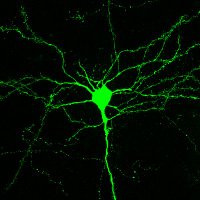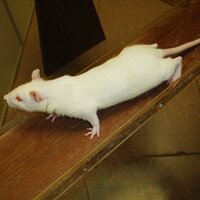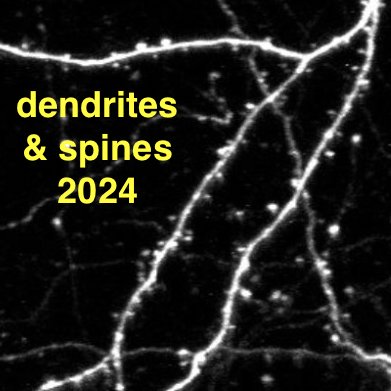
Samuel Eckmann
@samuel_eckmann
@royalsociety Newton International Fellow @Cambridge_Uni CBL. Interested in neural circuits, E-I balance, and biological learning.
ID: 790281974363648002
http://samueleckmann.github.io 23-10-2016 20:01:20
446 Tweet
780 Followers
561 Following




🎉Finally published PLOS Comp Biol ! Why do neurons use low-frequency oscillations for encoding? Why not use higher frequencies for better sampling resolution? We identify a speed-precision trade-off driven by noise, showing that theta (3–8 Hz) maximizes bits/s! Check it out 👇






1/ Super-excited to share our new work “Episodic and associative memory from spatial scaffolds in the hippocampus”, out in Nature today! nature.com/articles/s4158… FieteGroup Sugandha Sharma @ CVPR 2025 Rishidev Chaudhuri. Key insights and ideas 👇#tweeprint



Now published in Nature Neuroscience! Animals can quickly learn, and reconfigure, global relations from partial info (learn A>B, B>C, C>D, immediately know A>D). So far, no one found a neural model to explain all observed effects. So we asked the machine to find one for us!










![Itai Yanai (@itaiyanai) on Twitter photo Is basic science undervalued? David Glanzman talks about the decline of 'middle class' labs and that "there is no empirical evidence that the translational approach accomplishes [cures] any better than the traditional one. Claims to the contrary at this point are mere propaganda” Is basic science undervalued? David Glanzman talks about the decline of 'middle class' labs and that "there is no empirical evidence that the translational approach accomplishes [cures] any better than the traditional one. Claims to the contrary at this point are mere propaganda”](https://pbs.twimg.com/media/GdJvy2QWMAAWXCF.jpg)


